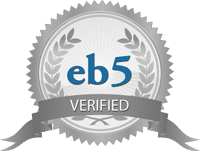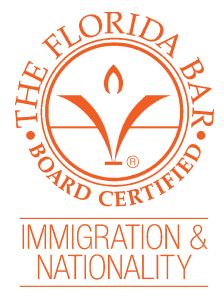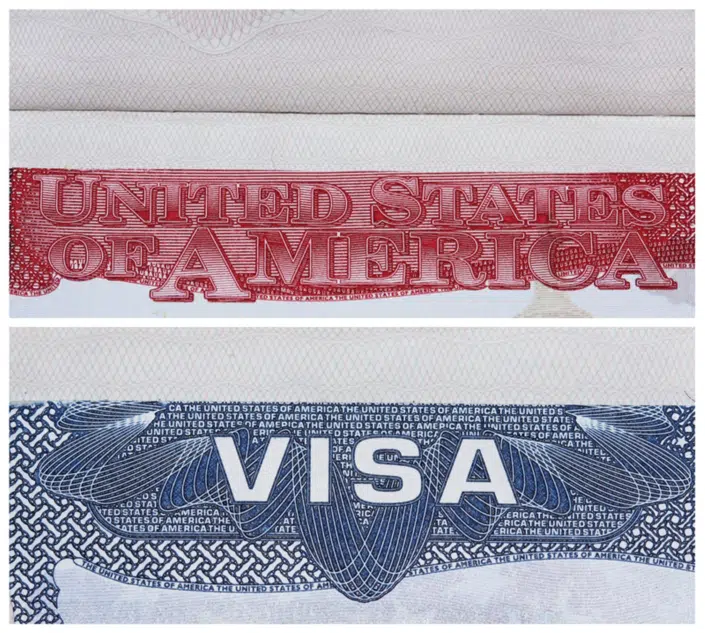Navigating the E-1 Visa: Enabling Foreign Nationals from Treaty Countries to Operate International Trade Enterprises in the U.S.
The E-1 visa, also known as the Treaty Trader Visa, provides an opportunity for individuals from countries that maintain a treaty of commerce and navigation with the United States to live and work in the U.S. to operate an enterprise that engages in substantial international trade. This visa category also extends to certain employees sharing the same nationality as the U.S. enterprise.
Eligibility Criteria for the E-1 Visa
Some employees who also have the same treaty nationality of the U.S. company may also be eligible for an E-1 visa. To qualify for an E-1 visa, whether as an individual or a U.S. enterprise which is engage in trade, the following is required:
- The applicant, whether an executive, manager, essential employee, or highly specialized employee, must hold citizenship of the treaty country.
- The trading company for which the applicant intends to work in the U.S. must be at least 50% owned by individuals with the nationality of the treaty country.
- The international trade must be substantial, implying a significant and continuous volume of trade.
- More than 50% of the international trade involved must be between the U.S. and the treaty country.
- The applicant must be an essential employee, working in a supervisory or executive capacity, or possess highly specialized skills essential to the firm’s operation. Ordinary skilled or unskilled workers do not qualify.
Defining ‘Trade’ and ‘Substantial Trade’
In the context of the E-1 visa, ‘trade’ refers to the international exchange of goods, services, and technology where title of the trade items must pass from one party to the other. Examples of trade can include:
- Goods
- Services
- International banking
- Insurance
- Transportation
- Tourism
- Technology and its transfer
- Some news-gathering activities.
“Substantial trade,” on the other hand, refers to the continuous flow of sizable international trade items, encompassing numerous transactions over time. There are no specific requirements regarding the monetary value or volume of each transaction.
“Principal trade” exists when over 50 percent of the total volume of international trade occurs between the U.S. and the trader’s treaty country.
How Family Members Can Qualify; Matching Citizenship Not Required
E-1 visa holders are entitled to bring their immediate family members along with them to the United States. The term ‘family members’ specifically refers to the spouse of the visa holder and any unmarried children who are under the age of 21. It’s important to note that these family members do not need to hold the same treaty country citizenship as the main E-1 visa holder. However, their eligibility to stay in the U.S. under the treaty status is conditional. Once a child turns 21 or gets married, they lose their eligibility to remain in the U.S. under the E-1 treaty status. It should also be mentioned that each family member’s stay in the U.S. is contingent upon their own separate visa application, which must be filed in conjunction with the primary E-1 applicant’s application.
Documentation Required for the E-1 Visa
Applying for an E-1 visa necessitates various forms of documentation such as evidence of ongoing substantial trade principally between the United States and the Treaty Country, proof of a lawful source of funds, and more. Our law firm is equipped to guide you through the process and assist you in preparing and organizing the required documents.
Maximizing Your E-1 Visa Success with an Immigration Lawyer
A skilled immigration attorney plays an invaluable role in navigating the complexities of the E-1 Visa application process. The lawyer’s expertise is instrumental in developing a strategic plan tailored to the unique aspects of your case. They can assist in gathering and preparing the necessary documentation, presenting a compelling case for substantial trade, and ensuring all application requirements are met accurately and timely. Furthermore, they can provide counsel on how to maintain E-1 status, advise on potential paths to permanent residency, and guide through the procedures of bringing family members to the U.S. Leveraging the experience of an expert immigration attorney can significantly improve the prospects of a successful E-1 Visa application and make the process less daunting. For further details or queries about E-1 visa eligibility, please contact our board-certified immigration law expert.
Countries Eligible for the E-1 Visa
Country Specific Footnotes
- China (Taiwan) – Pursuant to Section 6 of the Taiwan Relations Act, (TRA) Public Law 96-8, 93 Stat, 14, and Executive Order 12143, 44 F.R. 37191, this agreement which was concluded with the Taiwan authorities prior to January 01, 1979, is administered on a nongovernmental basis by the American Institute in Taiwan, a nonprofit District of Columbia corporation, and constitutes neither recognition of the Taiwan authorities nor the continuation of any official relationship with Taiwan.
- Czech Repubilc and Slovak Republic – The Treaty with the Czech and Slovak Federal Republic entered into force on December 19, 1992; entered into force for the Czech Republic and Slovak Republic as separate states on January 01, 1993.
- Denmark – The Treaty which entered into force on July 30, 1961, does not apply to Greenland.
- France – The Treaty which entered into force on December 21, 1960, applies to the departments of Martinique, Guadeloupe, French Guiana and Reunion.
- Japan – The Treaty which entered into force on October 30, 1953, was made applicable to the Bonin Islands on June 26, 1968, and to the Ryukyu Islands on May 15, 1972.
- Netherlands – The Treaty which entered into force on December 05, 1957, is applicable to Aruba and Netherlands Antilles.
- Norway – The Treaty which entered into force on September 13, 1932, does not apply to Svalbard (Spitzbergen and certain lesser islands).
- Spain – The Treaty which entered into force on April 14, 1903, is applicable to all territories.
- Suriname – The Treaty with the Netherlands which entered into force December 05, 1957, was made applicable to Suriname on February 10, 1963.
- United Kingdom – The Convention which entered into force on July 03, 1815, applies only to British territory in Europe (the British Isles (except the Republic of Ireland), the Channel Islands and Gibraltar) and to “inhabitants” of such territory. This term, as used in the Convention, means “one who resides actually and permanently in a given place, and has his domicile there.” Also, in order to qualify for treaty trader or treaty investor status under this treaty, the alien must be a national of the United Kingdom. Individuals having the nationality of members of the Commonwealth other than the United Kingdom do not qualify for treaty trader or treaty investor status under this treaty.
- Yugoslavia – The U.S. view is that the Socialist Federal Republic of Yugoslavia (SFRY) has dissolved and that the successors that formerly made up the SFRY – Bosnia and Herzegovina, Croatia, the Republic of Macedonia, Slovenia, Montenegro, Serbia, and Kosovo a continue to be bound by the treaty in force with the SFRY and the time of dissolution.
- The E-3 visa is for nationals of the Commonwealth of Australia who wish to enter the United States to perform services in a “specialty occupation.” The term “specialty occupation” means an occupation that requires theoretical and practical application of a body of highly specialized knowledge, and attainment of a bachelor’s or higher degree in the specific specialty (or its equivalent) as a minimum for entry into the occupation in the United States. The definition is the same as the Immigration and Nationality Act definition of an H-1B specialty occupation.
- Bolivia – Bolivian nationals with qualifying investments in place in the United States by June 10, 2012 continue to be entitled to E-2 classification until June 10, 2022. The only nationals of Bolivia (other than those qualifying for derivative status based on a familial relationship to an E-2 principal alien) who may qualify for E-2 visas at this time are those applicants who are coming to the United States to engage in E-2 activity in furtherance of covered investments established or acquired prior to June 10, 2012.
- Ecuadorian nationals with qualifying investments in place in the United States by May 18, 2018 continue to be entitled to E-2 classification until May 18, 2028. The only nationals of Ecuador (other than those qualifying for derivative status based on a familial relationship to an E-2 principal alien) who may qualify for E-2 visas at this time are those applicants who are coming to the United States to engage in E-2 activity in furtherance of covered investments established or acquired prior to May 18, 2018.
- Israel: Pursuant to a treaty of friendship, commerce, and navigation between the United States and Israel that entered into force on April 3, 1954 entitled nationals of Israel to E-1 status for treaty trader purposes. Nationals of Israel are not entitled to E-2 classification for treaty investor purposes under that treaty. Public Law 112-130 (June 8, 2012), accords nationals of Israel E-2 status for treaty investor purposes if the Government of Israel provides similar nonimmigrant status to nationals of the United States. The Department has confirmed that Israel offers reciprocal treaty investor treatment to U.S. nationals and E-2 visa may be issued to nationals of Israel beginning on May 1, 2019.
- New Zealand: Public Law 115-226, enacted on August 1, 2018, accorded nationals of New Zealand to E-1 and E-2 status for treaty trader/treaty investor purposes if the Government of New Zealand provides similar nonimmigrant status to nationals of the United States. The Department has confirmed that New Zealand offers similar nonimmigrant status to U.S. nationals and E visas may be issued to nationals of New Zealand beginning on June 10, 2019.

